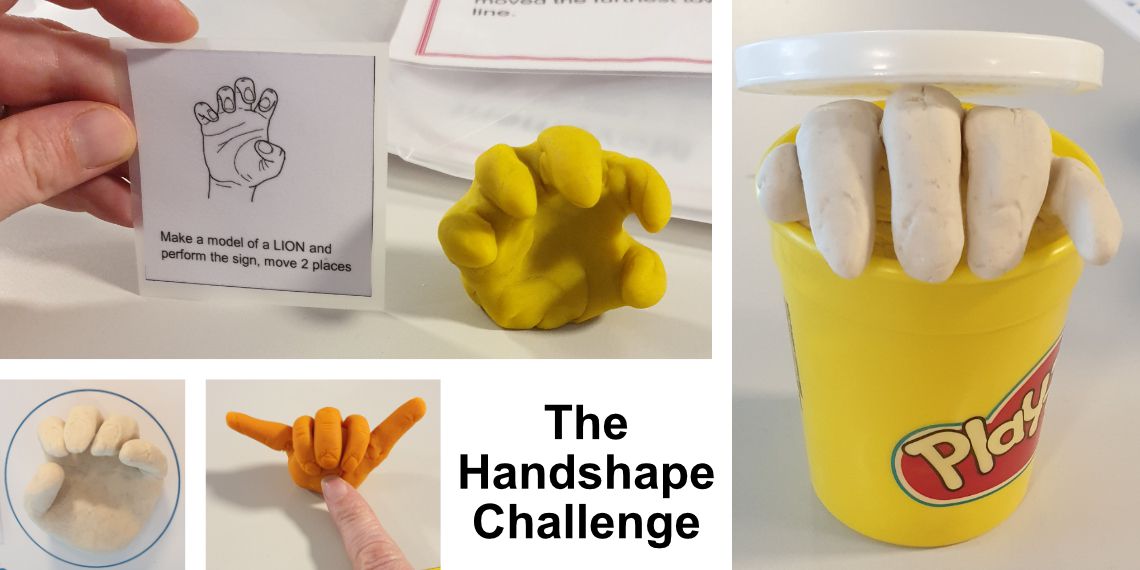Signalong is based on British Sign Language, using unaltered BSL signs wherever possible. The difference between Signalong manuals and other sources of signs, apart from our much wider range, is the way that they are presented.
When the sign has been selected, a description is worked out. This follows a consistent method, as follows (don't worry, each manual has introductory pages with diagrams!).
- Working and supporting hands are chosen. Some signs only require one hand, and in others one hand takes the lead. Signalong says that it doesn't matter which hand you choose, but you must be consistent. The people who need sign support for their communication may have difficulty in concentrating. If you keep swapping hands they may become confused, and communication breaks down.
- The handshape will be given. Signalong has identified 26 ways in which a handshape can be described. The British Deaf Association Dictionary has a highly technical way of labeling the handshapes, but we use ordinary terminology (e.g. "flat hand", "bunched hand", "C" hand etc.).
- The orientation of the hand will be given. Signalong users are asked to remember that palms face, and hands point. The instruction will be given in that order. It doesn't matter what the handshape is, if the book says "working closed hand, palm forward, pointing in", it means that the palm is facing away from the body towards the front (even though you can't see the palm) and if the hand were flat the fingers would point across the body, even though the fingers are curled over in the closed handshape.
- Any movement will be described. This could be a direct movement, a broken movement, a movement which changes direction, or circling. The diagrams which accompany the signs are very useful here - please remember that you should read the instructions and look at the diagram.
- The placement of the sign will be given. When signing, you should perform nearly all of the signs within an imaginary frame, which extends from the waist to just above the head and across the width of the shoulders. This enables the watcher to concentrate not only on the hands, but also on the other vital clues - facial expression, body language, tone of voice. Some signs may go outside the frame, often for emphasis.
- Sometimes both hands will be brought together to form a combined shape, called a "formation" in the instructions. These will then move together to perform the sign.
- Once the description has been formulated, a line drawing will be produced. We use line drawings because they can be produced without clutter, unlike photographs and more elaborate drawings. The artist focuses on the essentials of the sign - including facial expression and body posture where relevant. Our artists depict the signs with a variety of characters showing different ethnic types, ages and genders so nobody need feel left out.
Once you have mastered the descriptions and the drawings, you can then select the signs that you need from whichever manuals they appear in. You can also search for signs by using our Sign Library, Text A Sign or by downloading the Sign Studio App.
Please remember that Signalong is a sign-supporting system, which requires you to speak as you sign. Use simplified language, but speak in grammatical language. Signalong is not intended to replace speech! Short sentences are much more easily understood than long and complex ones.
Please remember also that Signalong is a total communication system, in which you give every clue to aid the understanding which is relevant in the situation. While signing, always remember to use body language, facial expression and voice tone to reinforce the message.
Don't forget that you are using Signalong because the person you are communicating with has difficulties. Don't flood them with language, whether in speech or in sign. Give them time to process the thought, and time to respond.
Very few of us are signing experts. Try to produce signs as accurately as you can, but accept whatever efforts are made to communicate with you. Don't demotivate the other person by insisting on a correct performance. In the end, it doesn't matter if the signs aren't perfect - effective communication is what we want.

